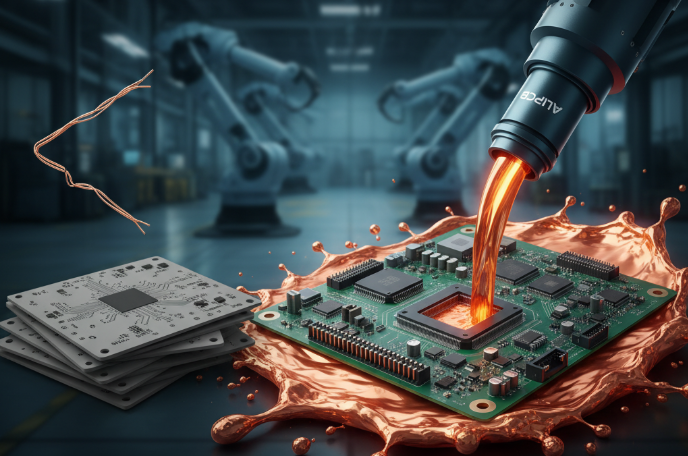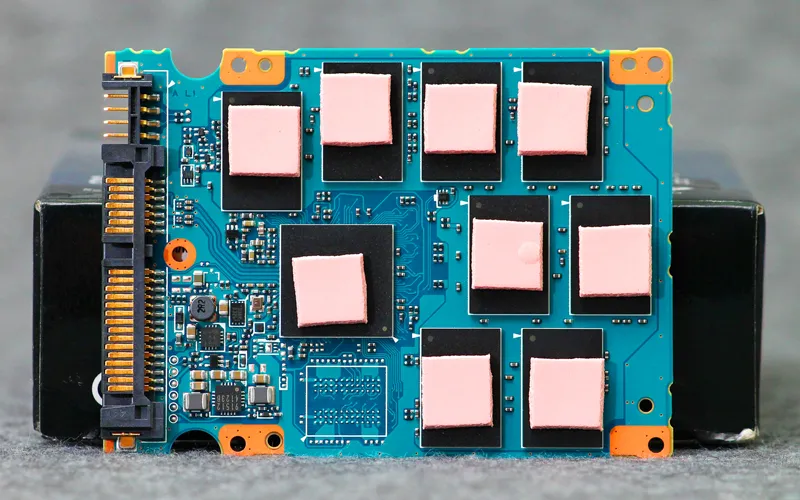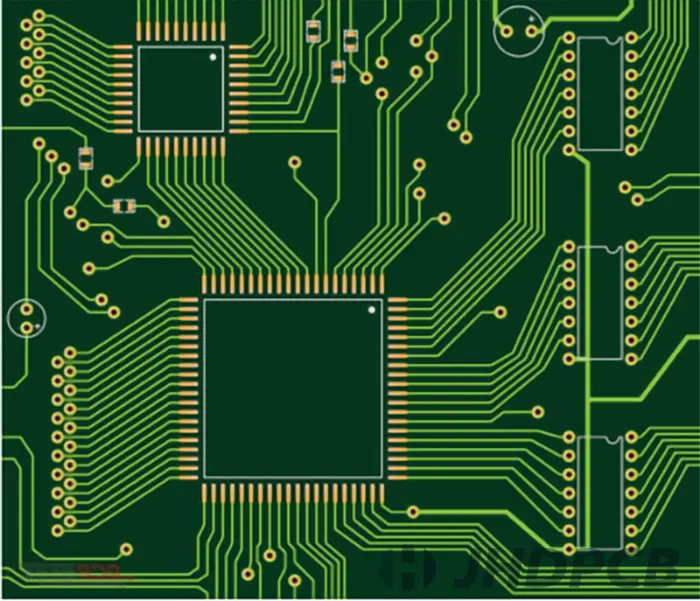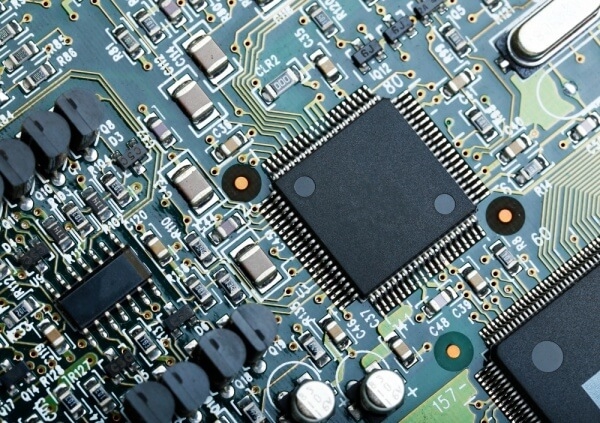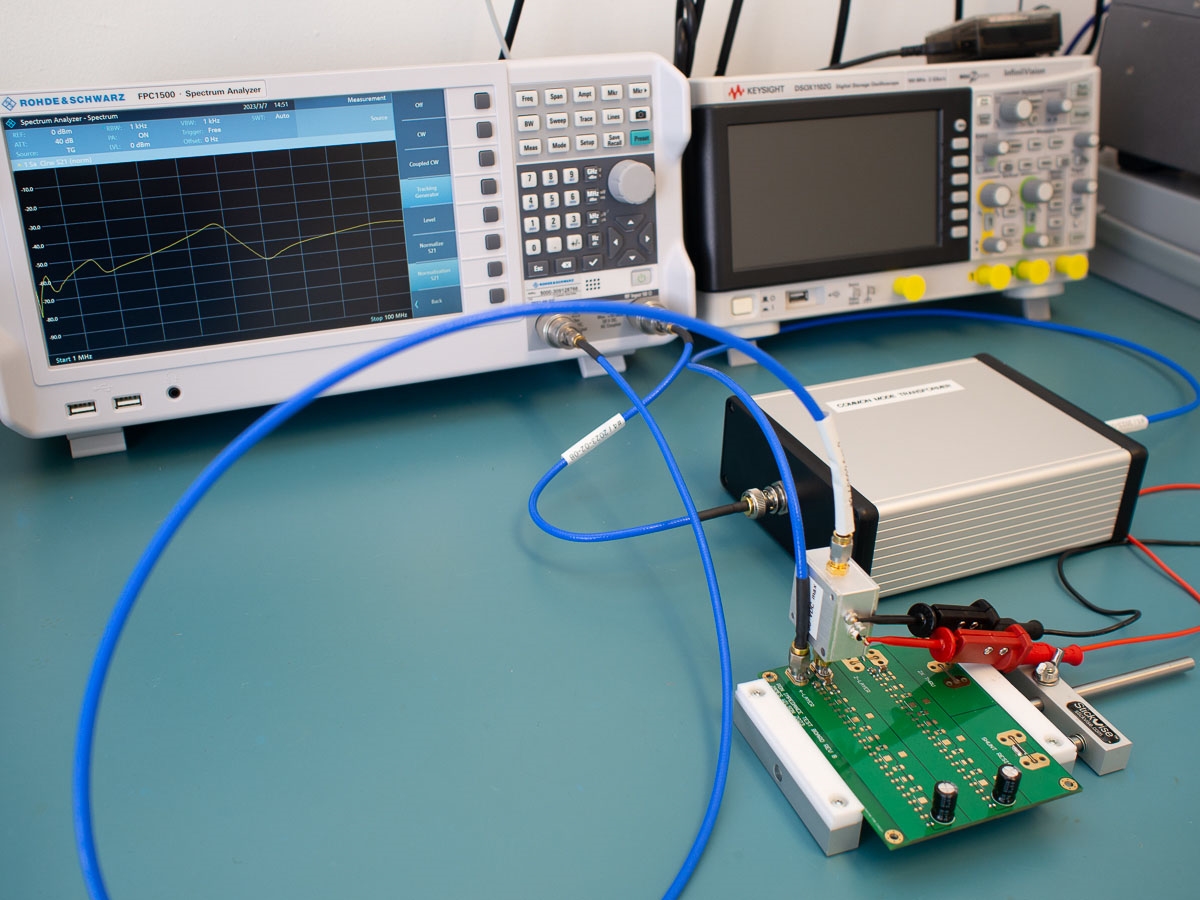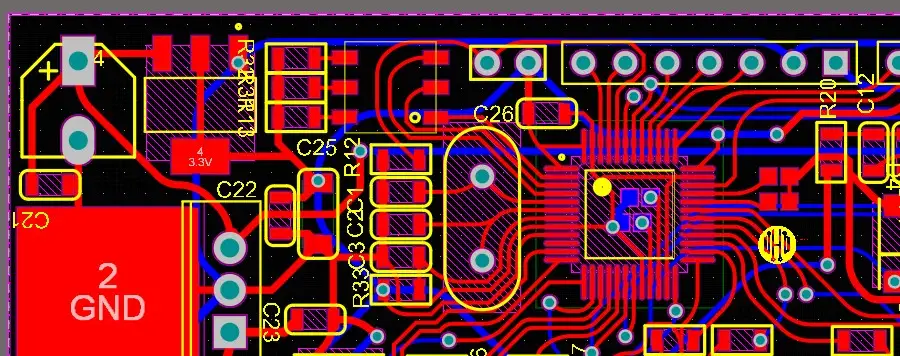Are you a hobbyist looking to dive into the world of electronics design but unsure where to start with PCB schematic tools? The right software can make all the difference in turning your ideas into functional circuit boards. For beginners, an easy to use PCB schematic tool or free PCB design software for beginners is essential to simplify the learning curve. In this guide, we’ll explore the best options for hobbyist electronics design, focusing on simple circuit design software and intuitive schematic editors that help you go from zero to PCB hero.
Whether you're designing a small project or experimenting with new ideas, this blog will walk you through the key features to look for in a tool, highlight free and user-friendly options, and provide practical tips to kickstart your journey. Let’s dive in and find the perfect software to bring your electronic creations to life!
Why Choosing the Right Schematic Tool Matters for Hobbyists
As a hobbyist, your goal is to experiment, learn, and create without getting bogged down by complicated tools or steep costs. A schematic tool is the foundation of your PCB design process—it’s where you draw the blueprint of your circuit before turning it into a physical board. Picking an easy to use PCB schematic tool ensures you can focus on creativity rather than struggling with software.
A good tool for hobbyist electronics design should offer a balance of simplicity and functionality. It needs to be intuitive enough for beginners but powerful enough to handle small to medium projects. Plus, if you’re just starting, free PCB design software for beginners can save you money while you test the waters. The right software can reduce errors, speed up your workflow, and make the transition from schematic to PCB layout seamless.
What to Look for in a Schematic Tool as a Hobbyist
Before jumping into specific tools, let’s break down the must-have features for simple circuit design software. Knowing what to prioritize will help you choose a tool that fits your needs and skill level.
1. User-Friendly Interface
An intuitive schematic editor is critical for beginners. Look for software with a clean layout, drag-and-drop functionality, and easy-to-find tools. A cluttered or confusing interface can slow you down and lead to frustration. Aim for software that feels approachable, even if you’ve never designed a circuit before.
2. Free or Low-Cost Options
As a hobbyist, you likely don’t want to invest heavily upfront. Free PCB design software for beginners often provides enough features for small projects. Some tools offer free versions with basic capabilities, which are perfect for learning the ropes before upgrading to paid plans if needed.
3. Component Libraries
A good schematic tool should have a built-in library of components like resistors, capacitors, and microcontrollers. For example, access to common components rated at standard values (e.g., 1kΩ resistors or 10μF capacitors) saves time since you won’t need to create them from scratch. Extensive libraries are especially helpful for hobbyist electronics design projects involving popular chips or modules.
4. Compatibility with PCB Layout
Your schematic tool should integrate smoothly with PCB layout design. After drawing your circuit, the next step is creating the physical board layout. Software that combines both schematic and layout design in one package simplifies this process, reducing errors like mismatched connections.
5. Community Support and Tutorials
Since you’re starting out, access to tutorials, forums, and guides is invaluable. A strong user community can help troubleshoot issues, share project ideas, and offer tips for using the software effectively. Look for tools with plenty of online resources tailored to beginners.
Top Features of an Intuitive Schematic Editor for Beginners
Now that you know the basics of what to look for, let’s dive deeper into the specific features that make an intuitive schematic editor stand out. These elements can turn a frustrating design experience into a smooth and enjoyable one.
Drag-and-Drop Functionality
The ability to drag and drop components onto your workspace is a game-changer. It eliminates the need to navigate complex menus just to add a simple resistor or LED. This feature is a hallmark of simple circuit design software and speeds up the design process significantly.
Real-Time Error Checking
Some tools offer real-time error detection, alerting you to issues like unconnected wires or incorrect component placements. For instance, if you forget to connect a ground pin on a microcontroller, the software might highlight the error before you proceed. This feature is especially useful for beginners prone to small mistakes.
Customizable Shortcuts
As you gain experience, customizable keyboard shortcuts can save time. For example, assigning a key to quickly add a wire or rotate a component can streamline repetitive tasks. While not essential for beginners, this feature is a bonus in easy to use PCB schematic tools.
3D Visualization
Some modern tools let you preview your design in 3D, giving you a sense of how the final board will look. While not necessary for schematic creation, this feature can help hobbyists visualize the end result and catch layout issues early.
Exploring Free PCB Design Software for Beginners
Let’s take a look at the landscape of free PCB design software for beginners. Many hobbyists start with free tools to learn the basics before investing in premium software. Below, we’ll discuss the benefits and limitations of free options and how they cater to hobbyist electronics design.
Benefits of Free Tools
Free software often includes core features like schematic capture and basic PCB layout design. They are ideal for small projects, such as designing a simple LED circuit with a few components. Many free tools also have no limits on personal use, meaning you can experiment as much as you want without worrying about licensing fees.
Limitations to Consider
While free tools are great for learning, they may lack advanced features like high-speed signal routing for designs operating above 100 MHz or support for multi-layer boards beyond 2-4 layers. For hobbyists working on basic projects, these limitations are rarely an issue. However, as your skills grow, you might need to upgrade to a paid version or switch to a more robust tool.
Where to Find Free Tools
Several open-source and freemium platforms are widely used by the hobbyist community. These tools often have active forums where users share tips and custom libraries. Websites dedicated to electronics design frequently list and review free software, making it easy to find one that matches your needs.
Tips for Getting Started with Your First Schematic
Once you’ve chosen an easy to use PCB schematic tool, it’s time to start designing. Here are some practical tips to help you create your first schematic without feeling overwhelmed.
Start with a Small Project
Begin with something simple, like a circuit to power an LED using a 9V battery and a 330Ω resistor. Small projects help you learn the software’s interface and basic concepts like connecting components and labeling nets without the complexity of larger designs.
Follow Online Tutorials
Most simple circuit design software comes with tutorials or has community-created guides online. Watching a step-by-step video on creating a basic circuit can clarify how to use tools like wire drawing or component placement. Spend an hour or two on tutorials before starting your own design.
Double-Check Connections
One common mistake for beginners is missing connections or misplacing wires. After finishing your schematic, zoom in and verify that every pin is connected as intended. Many tools highlight unconnected pins, so use this feature to avoid errors.
Test with Simulators
Some software includes simulation features to test your circuit virtually before building it. For example, you can simulate a simple oscillator circuit to ensure it operates at the expected frequency, such as 1 kHz. Simulations can save time and prevent costly mistakes during prototyping.
How to Transition from Schematic to PCB Layout
After mastering the schematic, the next step in hobbyist electronics design is turning your design into a physical board. Here’s how to make the transition smooth using your chosen tool.
Sync Your Schematic with Layout
Most intuitive schematic editors allow you to export your schematic directly into a PCB layout editor within the same software. This sync ensures that all components and connections carry over, reducing manual errors. Check for a “forward to layout” or similar option in your tool.
Arrange Components Logically
In the layout editor, place components to minimize wire crossings and keep signal paths short. For instance, if designing a power supply circuit, position your voltage regulator close to the input capacitor to reduce noise. Logical placement also makes the board easier to assemble.
Route Traces Carefully
Routing is the process of drawing copper traces that connect components. For beginners, stick to single or double-layer boards and avoid high-speed signals (above 10 MHz) that require special routing techniques. Use the auto-routing feature if available, but manually adjust traces for better control.
Common Mistakes to Avoid as a Beginner
Even with the best free PCB design software for beginners, mistakes can happen. Here are some pitfalls to watch out for during your early projects.
Ignoring Design Rules
Every tool has design rules, like minimum trace width (often 0.2 mm for basic designs) or clearance between traces (e.g., 0.15 mm). Ignoring these can lead to boards that are impossible to manufacture or prone to short circuits. Always check the rules before finalizing your design.
Overcomplicating Designs
As a hobbyist, resist the urge to jump into complex projects too soon. A 4-layer board with high-speed signals (like USB at 480 Mbps) is challenging without experience. Stick to simpler designs until you’re comfortable with the basics.
Forgetting to Save and Backup
Software crashes happen. Save your work frequently and keep backups of your schematic files. Losing hours of work on a detailed circuit because of a forgotten save is a frustrating lesson to learn the hard way.
Advancing Your Skills as a PCB Hobbyist
Once you’re comfortable with an easy to use PCB schematic tool, it’s time to level up. Here are ways to grow your skills in hobbyist electronics design.
Experiment with New Components
Try incorporating more advanced components, like microcontrollers or sensors, into your designs. For example, design a temperature monitoring circuit using a thermistor with a resistance change of 10 kΩ per 10°C. New components teach you about different circuit behaviors and design challenges.
Join Online Communities
Engage with other hobbyists through forums and social media groups focused on electronics. Sharing your projects and learning from others’ designs can inspire new ideas and improve your skills with simple circuit design software.
Take on Larger Projects
After mastering small circuits, challenge yourself with bigger designs, like a power supply with an output of 5V at 1A. Larger projects test your ability to manage complexity and refine your workflow in an intuitive schematic editor.
Conclusion: Start Your Journey to Becoming a PCB Hero
Stepping into the world of PCB design as a hobbyist doesn’t have to be intimidating. By choosing the right easy to use PCB schematic tool or free PCB design software for beginners, you can focus on learning and creating rather than struggling with complicated software. Look for tools with intuitive interfaces, robust component libraries, and strong community support to make your hobbyist electronics design journey enjoyable and productive.
Start small, practice with simple circuit design software, and gradually take on more complex projects as your confidence grows. With an intuitive schematic editor by your side, you’re well on your way from zero to PCB hero. Grab a tool that fits your needs, design your first circuit, and watch your ideas come to life on a custom board!
 ALLPCB
ALLPCB


